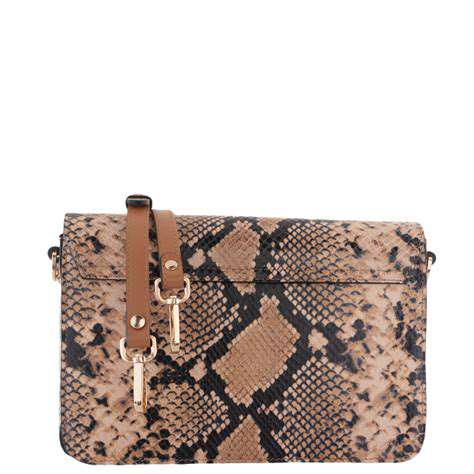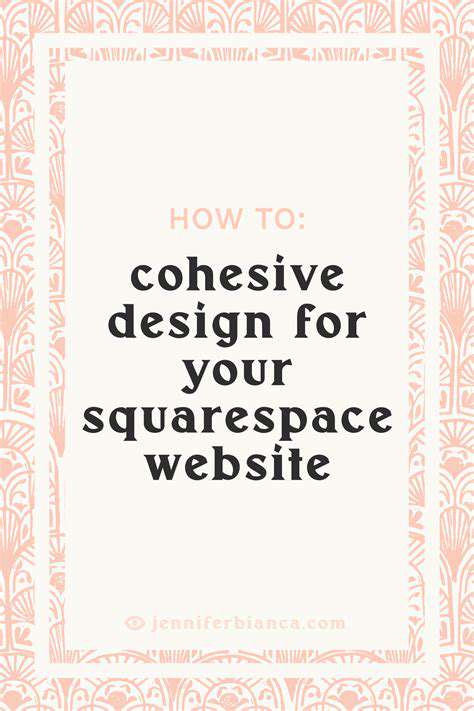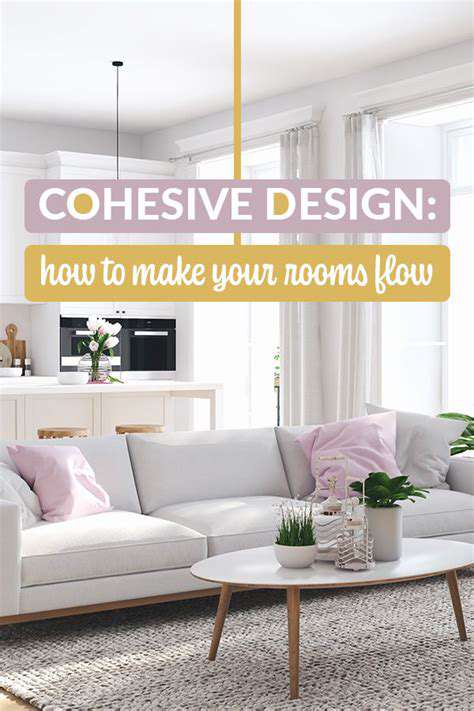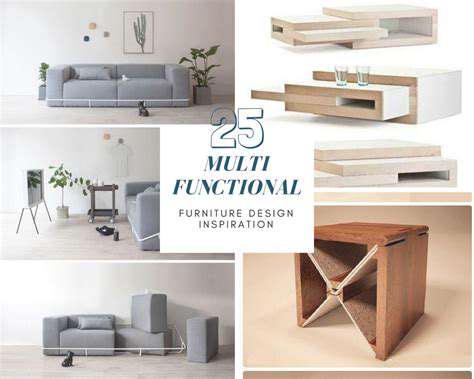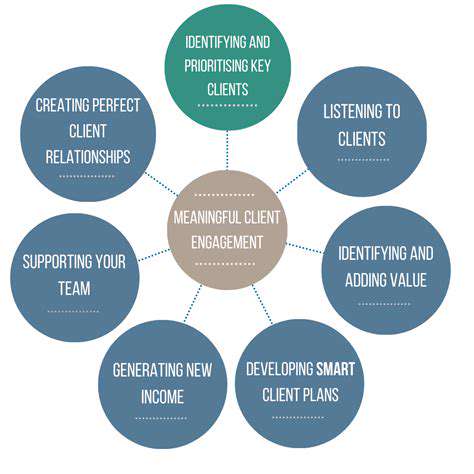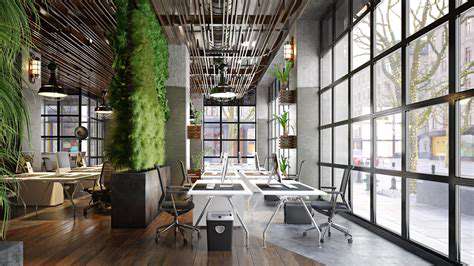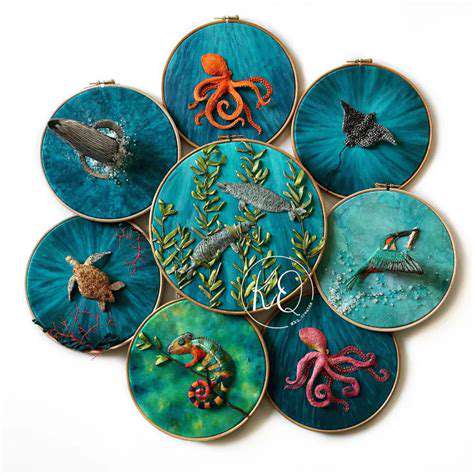How to Create a Custom Home Theme with Full Package Services
Selecting Color Palettes
Color psychology matters, but personal associations matter more. While blue may generally promote calm, if it reminds you of a childhood bedroom you hated, it won't serve its purpose. Create a physical or digital mood board of colors that genuinely make you feel good, regardless of design rules. Many find success choosing palettes from favorite artwork or photographs.
Material Selection and Texture
The tactile experience of a home contributes enormously to its comfort level. Cool marble floors might look elegant but feel unpleasant under bare feet in winter. Consider how materials will age - will that distressed leather look better with wear, or will scratches on glossy surfaces bother you? Natural materials generally develop attractive patinas over time.
Layering Decor and Accessories
Accessories should tell your story, not a decorator's vision. Display items with personal meaning rather than generic decor - the seashell from your honeymoon, your child's pottery project, books you actually read. Rotate seasonal items to keep the space feeling fresh without constant major changes.
Embracing a Seamless Design Journey
Defining Your Style
Style evolution is natural and should be embraced rather than resisted. The Scandinavian phase of your twenties might give way to more traditional tastes in middle age. Allow your home to grow with you rather than treating it as a finished project. Small, gradual changes prevent the need for complete overhauls later.
Choosing Your Color Palette
Paint remains the most flexible design tool. Consider painting an accent wall before committing to an entire room, or test colors on large poster boards you can move around. Remember that colors appear differently at various times of day and under artificial light.
Selecting Furniture and Accessories
Invest in quality foundational pieces that will last decades, but feel free to experiment with trendier accessories. A well-made neutral sofa can be refreshed endlessly with new pillows and throws, while cheap fast-fashion furniture often needs complete replacement within years.
Incorporating Textiles and Materials
Textiles offer one of the easiest ways to change a room's feel seasonally. Heavier drapes and wool throws create winter coziness, while linen and cotton breathe in summer. Having multiple sets allows quick transformations without major redecorating.
Maintaining a Consistent Theme
Consistency doesn't mean monotony. Use repeating elements - a signature color, material, or shape - to create flow while allowing each room its own personality. The kitchen might share cabinet hardware with the bathroom fixtures, while living room artwork echoes bedroom color schemes.
